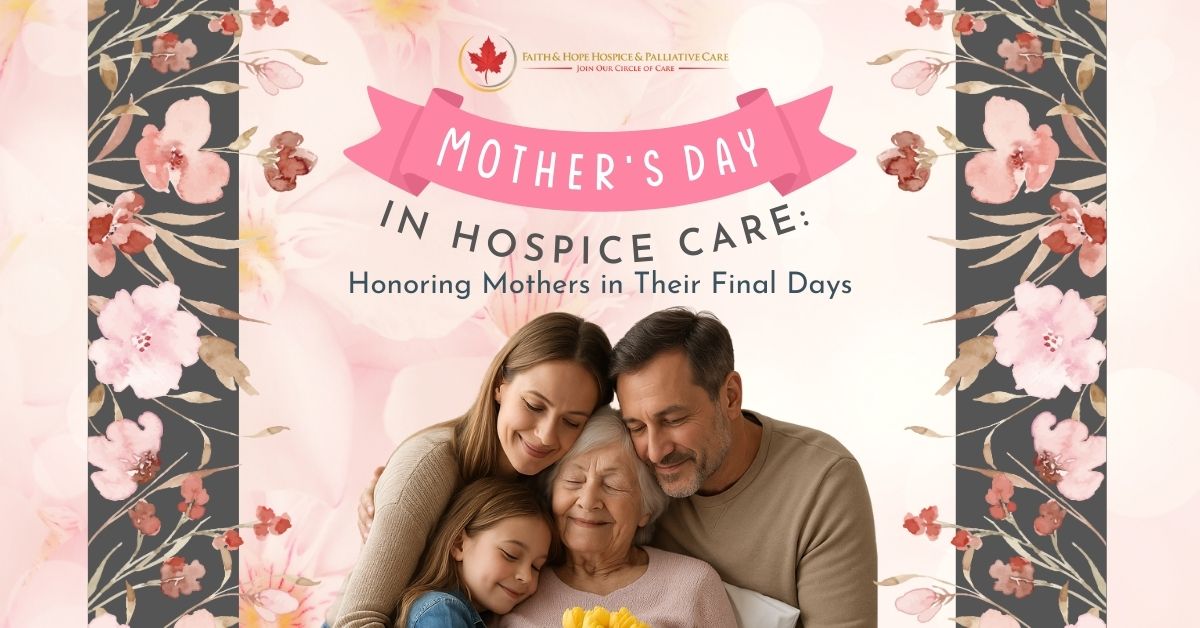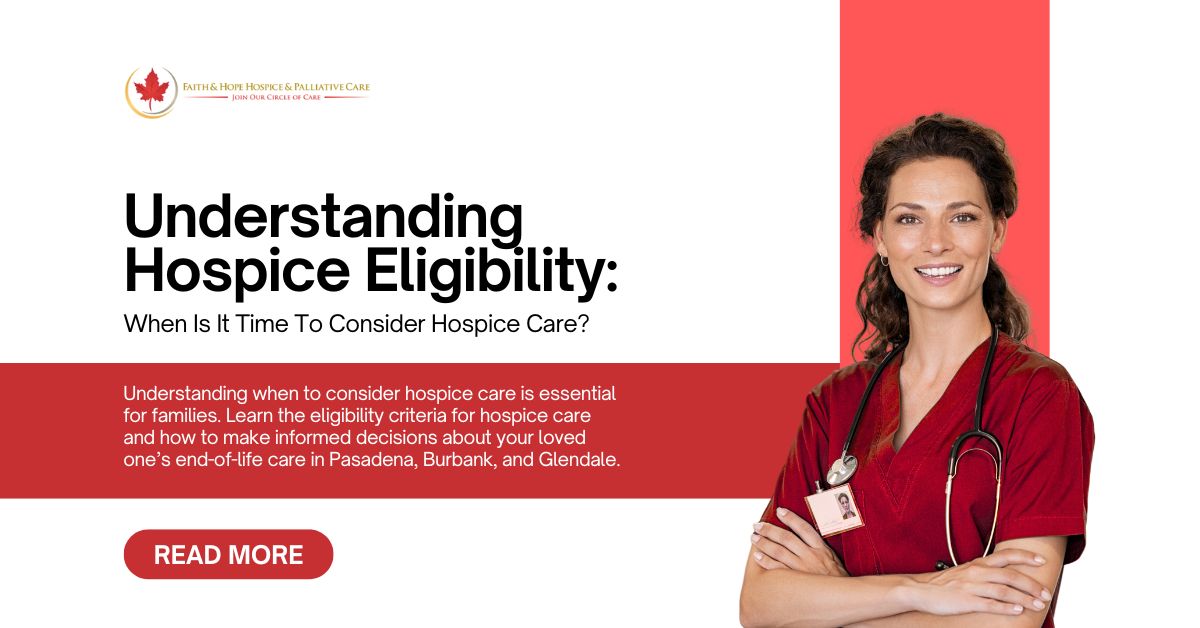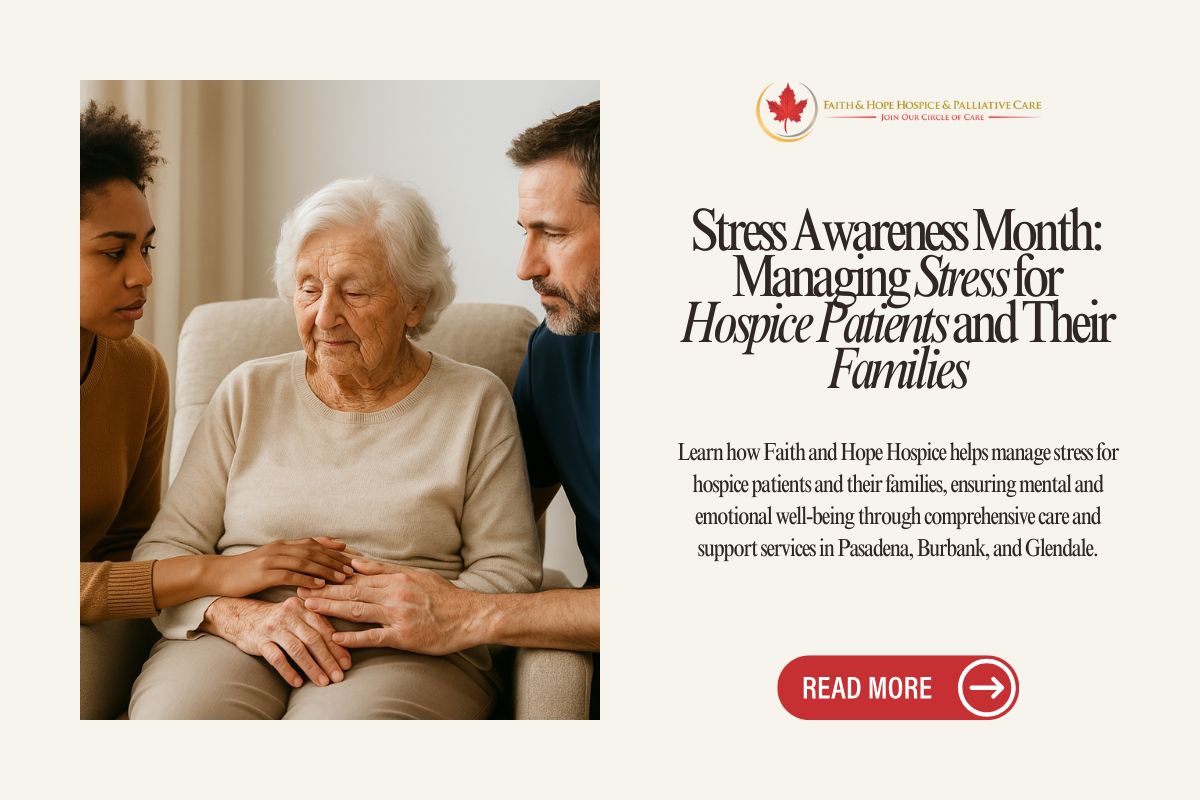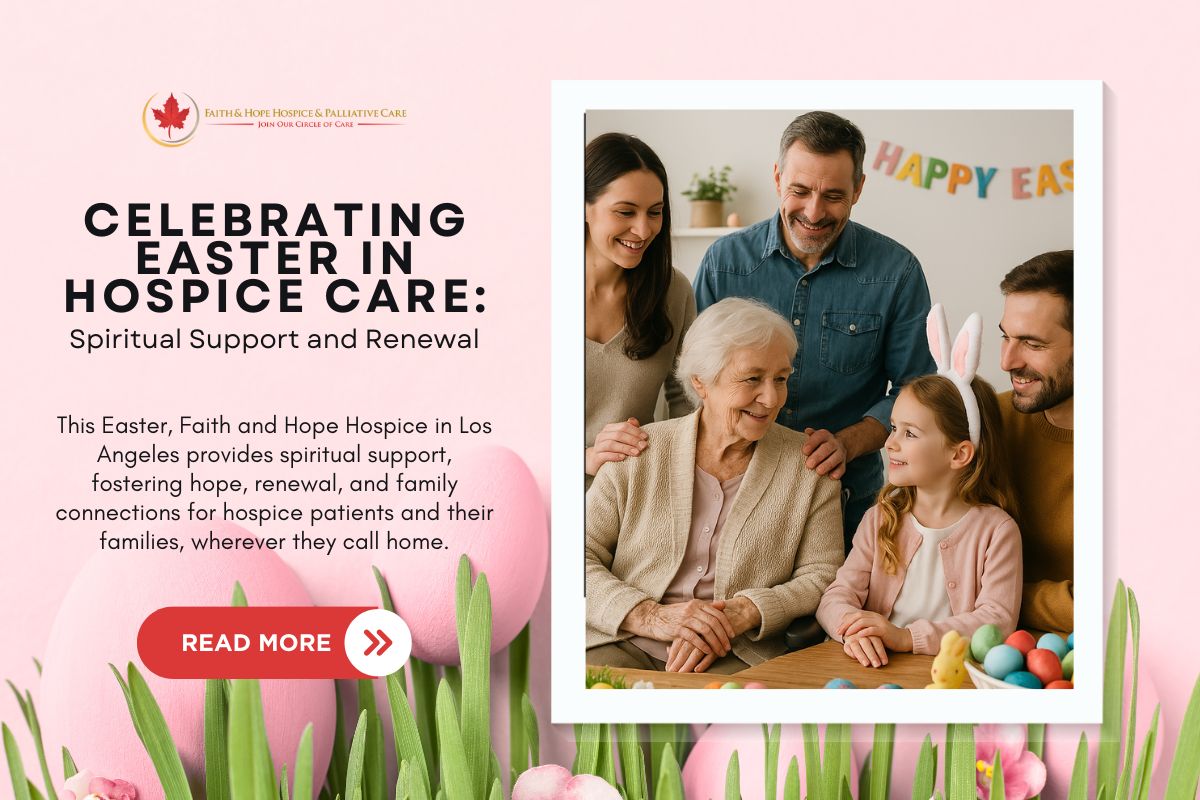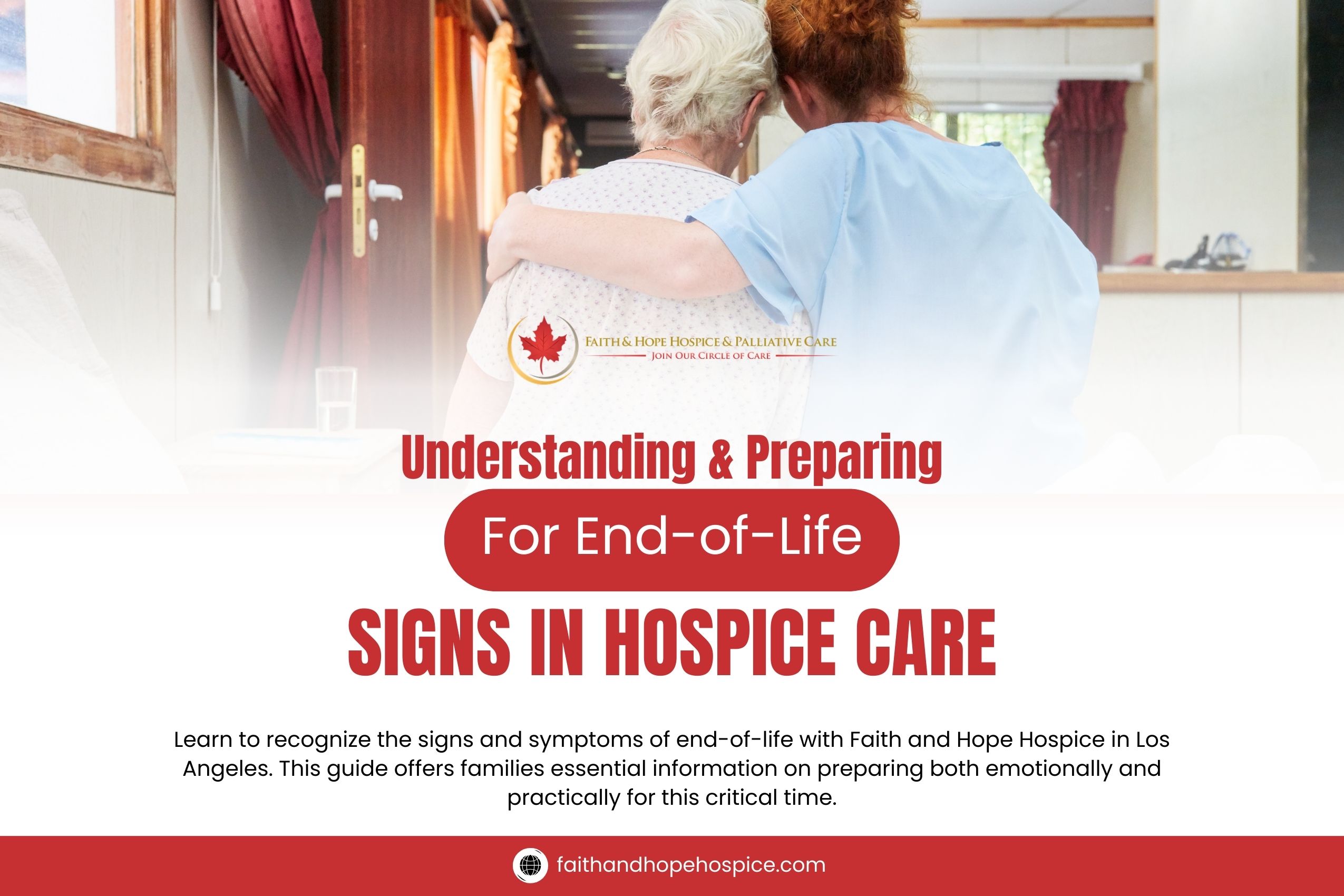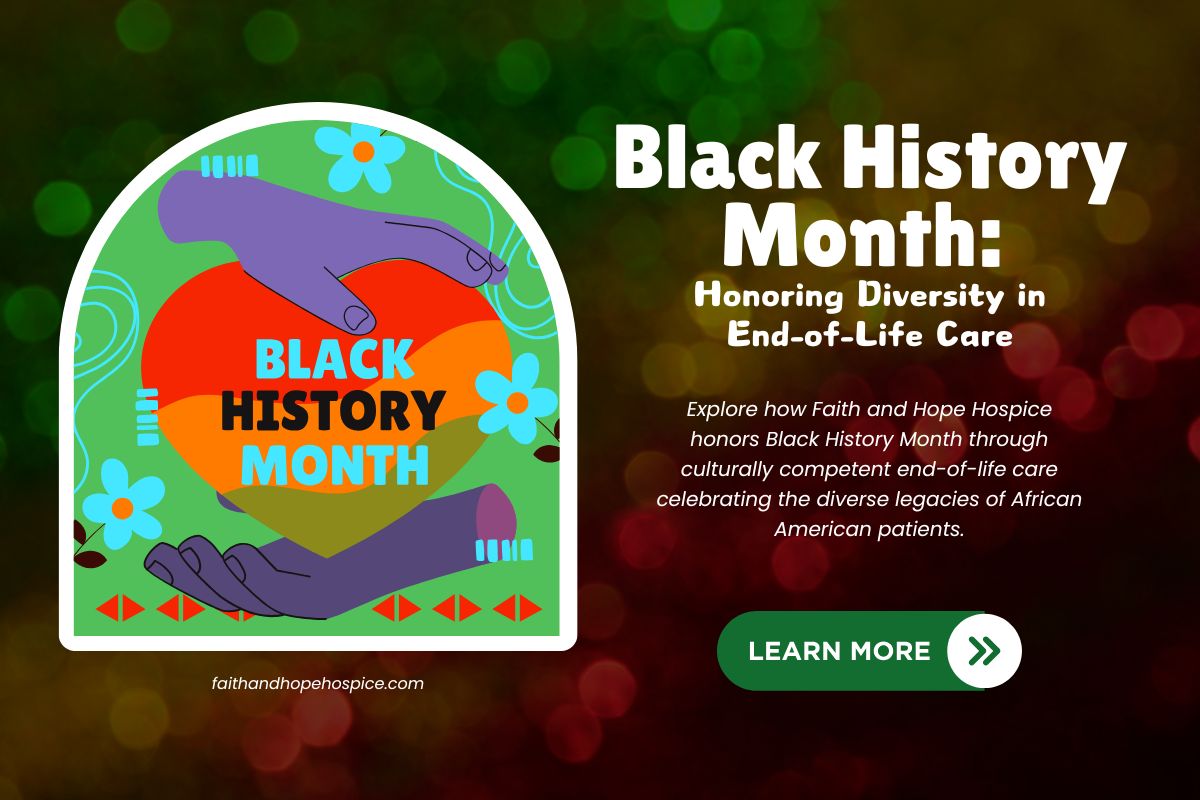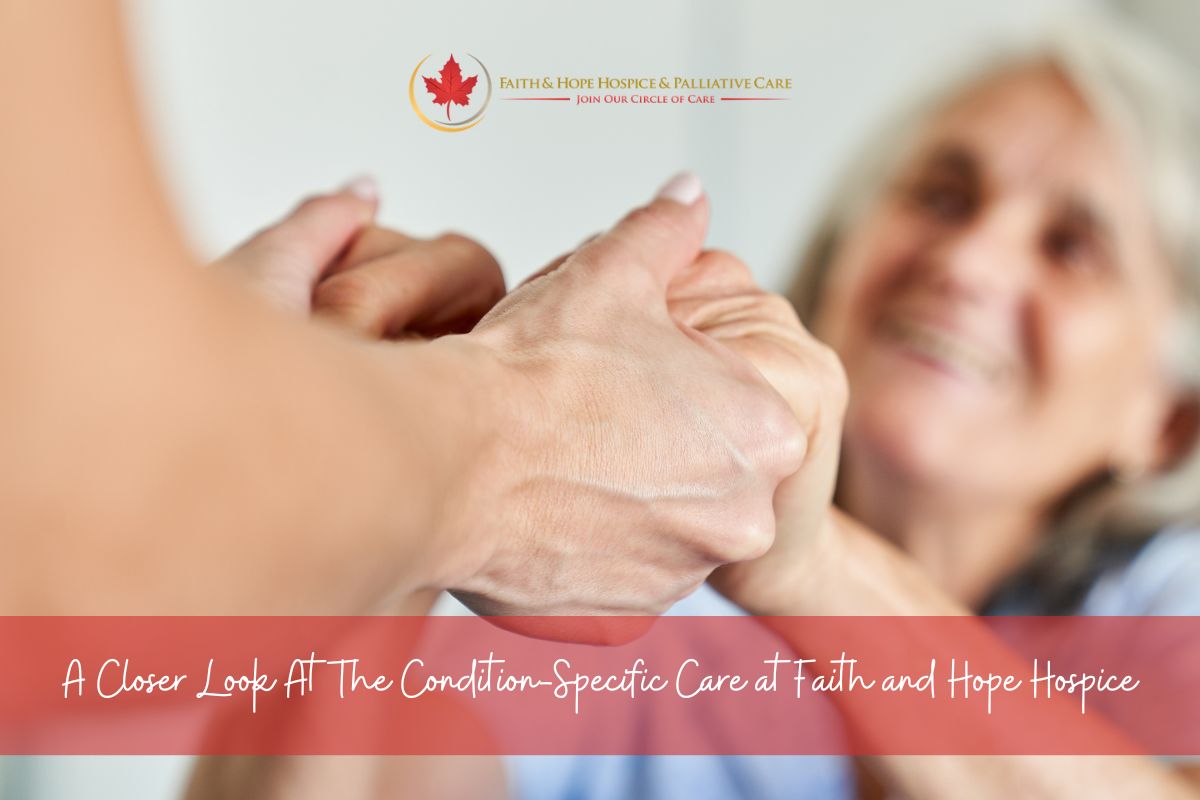- By: administrator
- Blog
- No Comments
Mother’s Day in Hospice Care: Honoring Mothers in Their Final Days
Mother’s Day is a time to celebrate the love, sacrifices, and strength of mothers. It’s a day to honor the women who have nurtured and cared for us throughout our lives. For families with mothers in hospice care, the day can bring mixed emotions—joy and gratitude for all that their mothers have done, but also
- By: administrator
- Blog
- No Comments
Understanding Hospice Eligibility: When Is It Time to Consider Hospice Care?
Making the decision to transition to hospice care is one of the most challenging choices families face when a loved one is nearing the end of life. Many families in Pasadena, Burbank, and Glendale are unaware of the specific criteria that determine eligibility for hospice care, often leading to confusion or hesitation when it comes
- By: administrator
- Blog
- No Comments
Stress Awareness Month: Managing Stress for Hospice Patients and Their Families
April is Stress Awareness Month, a time to recognize and address the significant impact stress can have on individuals and families. For hospice patients and their families in Pasadena, Burbank, and Glendale, stress management becomes crucial for maintaining emotional and mental health during this challenging time. Faith and Hope Hospice offers a range of services
- By: administrator
- Blog
- No Comments
Celebrating Easter in Hospice Care: Spiritual Support and Renewal
Easter is a time of renewal, hope, and reflection—values that resonate deeply in hospice care. For patients and their families in Los Angeles, Easter can serve as a meaningful occasion to reflect on the lives of loved ones, create lasting memories, and find comfort in spiritual themes that bring peace. At Faith and Hope Hospice,
- By: administrator
- Blog
- No Comments
Understanding and Preparing for End-of-Life Signs in Los Angeles Hospice Care
The journey towards the end-of-life is a challenging period for both patients and their families. Recognizing the signs that indicate the final stages of life can significantly aid families in preparing for what’s to come, ensuring that their loved ones receive compassionate and appropriate care. In Los Angeles, where Faith and Hope Hospice provides top-tier
- By: administrator
- Blog
- No Comments
Spring Renewal: Embracing Wellness in Hospice Care
As the winter thaws into spring, the season of renewal offers a unique opportunity for hospice patients and their families to embrace wellness. In Los Angeles, where the mild climate and blooming landscapes are especially inviting, incorporating elements of spring can significantly enhance the quality of life for those receiving end-of-life care. This blog explores
- By: administrator
- Blog
- No Comments
Black History Month: Honoring Diversity in End-of-Life Care
Black History Month is an important time to celebrate the rich cultural heritage and contributions of African Americans. At Faith and Hope Hospice in Los Angeles, Burbank, and Glendale, we take this opportunity to reflect on our commitment to cultural competence and personalized care, particularly in how we serve our African American patients and their
- By: administrator
- Blog
- No Comments
National Caregivers Day: Supporting the Supporters
Every third Friday in February, National Caregivers Day shines a light on the essential role caregivers play in our healthcare system, especially within hospice care. In Brentwood and Westwood, caregivers of hospice patients undertake a profoundly important role, often under considerable emotional and physical strain. At Faith and Hope Hospice, we recognize the dedication of
- By: administrator
- Blog
- No Comments
Valentine’s Day: Celebrating Love and Legacy in Hospice Care
Valentine’s Day is traditionally a time of joy and celebration of love, yet for families experiencing hospice care, it can bring a mix of emotions. Despite the challenges, this day offers a poignant opportunity to celebrate love, reminisce about shared memories, and honor the enduring impact of relationships. At Faith and Hope Hospice in Los
- By: administrator
- Blog
- No Comments
A Closer Look At The Condition-Specific Care at Faith and Hope Hospice
At Faith and Hope Hospice, located in the heart of Los Angeles County and serving the West Hollywood community, personalized care is not just a service—it’s a commitment. Recognizing that each patient’s journey is unique, especially those with specific conditions such as cancer, heart disease, and dementia, our approach is meticulously tailored to meet the

